Our culture correspondent Abbie Martin Greenbaum assesses the origin and impact of the Chicago Black Dance Legacy Project.
What is the Chicago Black Dance Legacy Project?
One of the many legacies of The Great Migration, in which hundreds of thousands of Black Americans migrated from the rural South to the industrial centers of the North and Midwest, was the impact these newcomers had on the arts and culture in their new cities.
From music to dance to theater, the performing arts were a particularly notable area in which these new citizens of cities like Chicago, Detroit, Pittsburg and New York City made their mark.
And now, in the Windy City, an organization keeps that creative flame alive: the Chicago Black Dance Legacy Project.
[white_box]Join our community
For access to insider ideas and information on the world of luxury, sign up for our Dandelion Chandelier newsletter. And see luxury in a new light.
sign up now >
[/white_box]
As the organization’s website notes: “While Chicago’s black dance companies are as diverse as the city itself—from dancers to dance styles—they are all united by the African American heritage on which their work is centered.”
It’s mission? To fuel “a multi-year project that seeks to celebrate the historic impact of Chicago-based black choreographers in the national dance community, and strengthen the impact and reach of black dance for generations to come.”
a homecoming
For Princess Mhoon, working with the Chicago Black Dance Legacy Project has felt like coming home.
Mhoon has had a distinguished career. A powerful figure in the world of dance, she has choreographed works for the Kennedy Center and for the DC Jazz Festival, has been named as one of the country’s dance leaders by First Lady Michelle Obama, and has founded her own dance institute.

Princess Mhoon. Photo by Matt Karas
But Chicago is the place where Mhoon was born, and in March 2021, she returned home to run the program.
“This is the community that nurtured me,” Mhoon said. And after leaving for a long time – to dance, to travel the world, to start her dance institute – this felt like the time to come back, and nurture that same community in return.
disparate outcomes in dance companies across Chicago
A June 2019 study, “Mapping the Dance Landscape in Chicagoland,” gathered data on dancers and dance organizations across the city. And attempting to document which dance companies received the greatest funding and opportunities. And which companies faced the most obstacles.
[white_box]Related Post
Thelma Hill is best Summer dance festival to see artists of color
read more >
[/white_box]
The results were disturbing, although perhaps not a surprise. Over 85% of funding went to a small handful of prominent organizations, while only 9% was allocated for communities of color. This meant that Black dancers and dance companies did not have the resources they needed to thrive, to create, or to grow. Or to provide their members with a living wage.
Because of these systemic failings, some dancers were making only $15,000 a year on their art. They had to take on second jobs. And as Mhoon pointed out, having less time to spend on one’s art will ultimately compromise its quality and limit future opportunities.
enter the Chicago Black Dance Legacy Project
Developed in a partnership between Tracie D. Hall, the Director of the Joyce Foundation’s Culture Program, and the University of Chicago’s Reva and David Logan Center, the Chicago Black Dance Legacy Project was designed to address these discrepancies.
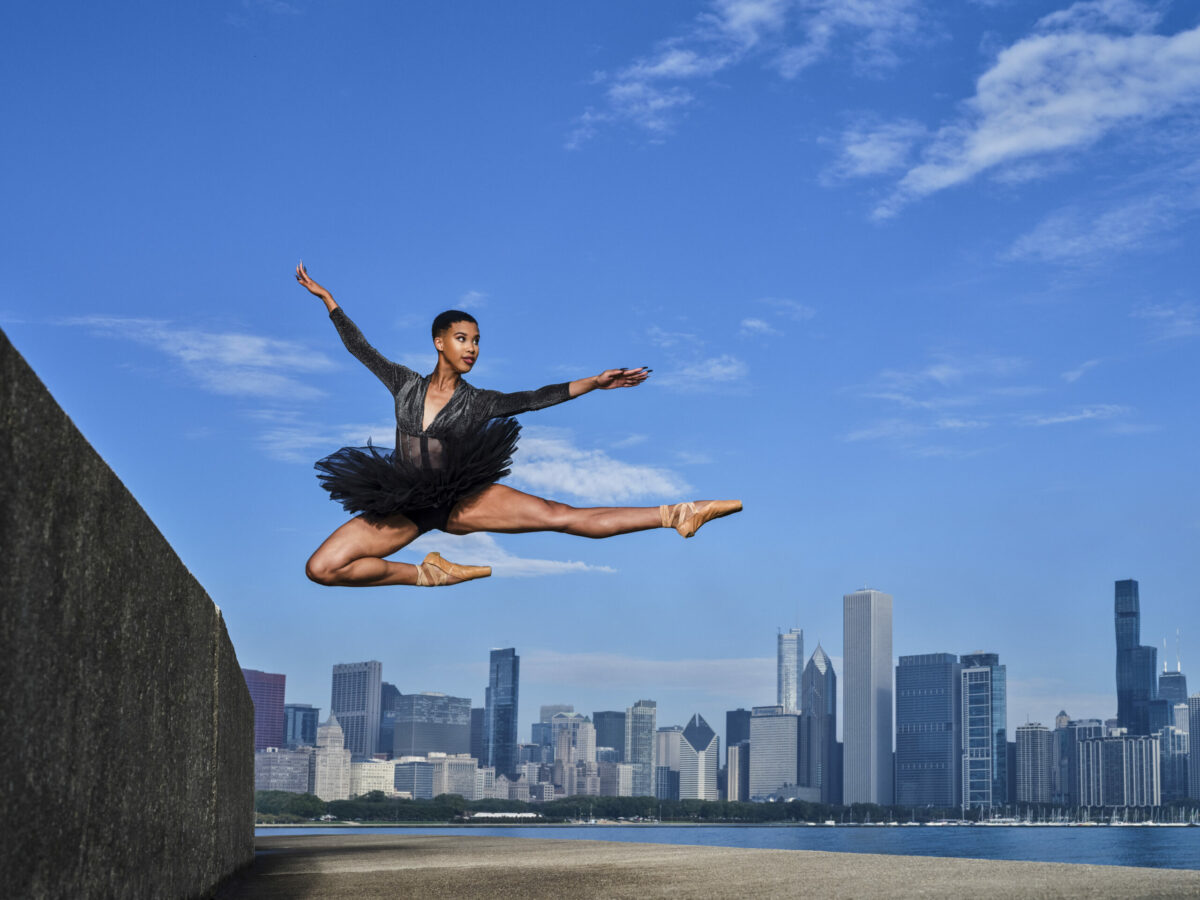
Chicago Multicultural Dance Center Hiplet Ballerinas. Photo by Matt Karas
the first cohort
Eight of Chicago’s Black dance companies were selected as the Project’s first cohort. They are: Ayodele Drum and Dance, Chicago Multicultural Dance Center’s Hiplet Ballerinas, Deeply Rooted Dance Theater, Forward Momentum Chicago, Joel Hall Dancers & Center, Muntu Dance Theatre, Najwa Dance Corps, and Red Clay Dance Company. (And by coincidence, Mhoon herself has danced or trained with five of these eight companies, and her parents were founding members of two of them).
For the past three years, this first cohort has received the support of the Logan Center, as well as funding from the Joyce Foundation – the largest cultural grant given in the Foundation’s history.
four areas of focus
When describing the mission of the Project, Mhoon detailed their four primary pillars of focus.
1. Capacity-building
“The first is capacity-building,” she said. In the past, these companies might have had unmet needs, both artistically and administratively. The Project worked to fill those gaps. “To position them in a space where they can get the funding they need,” she said.
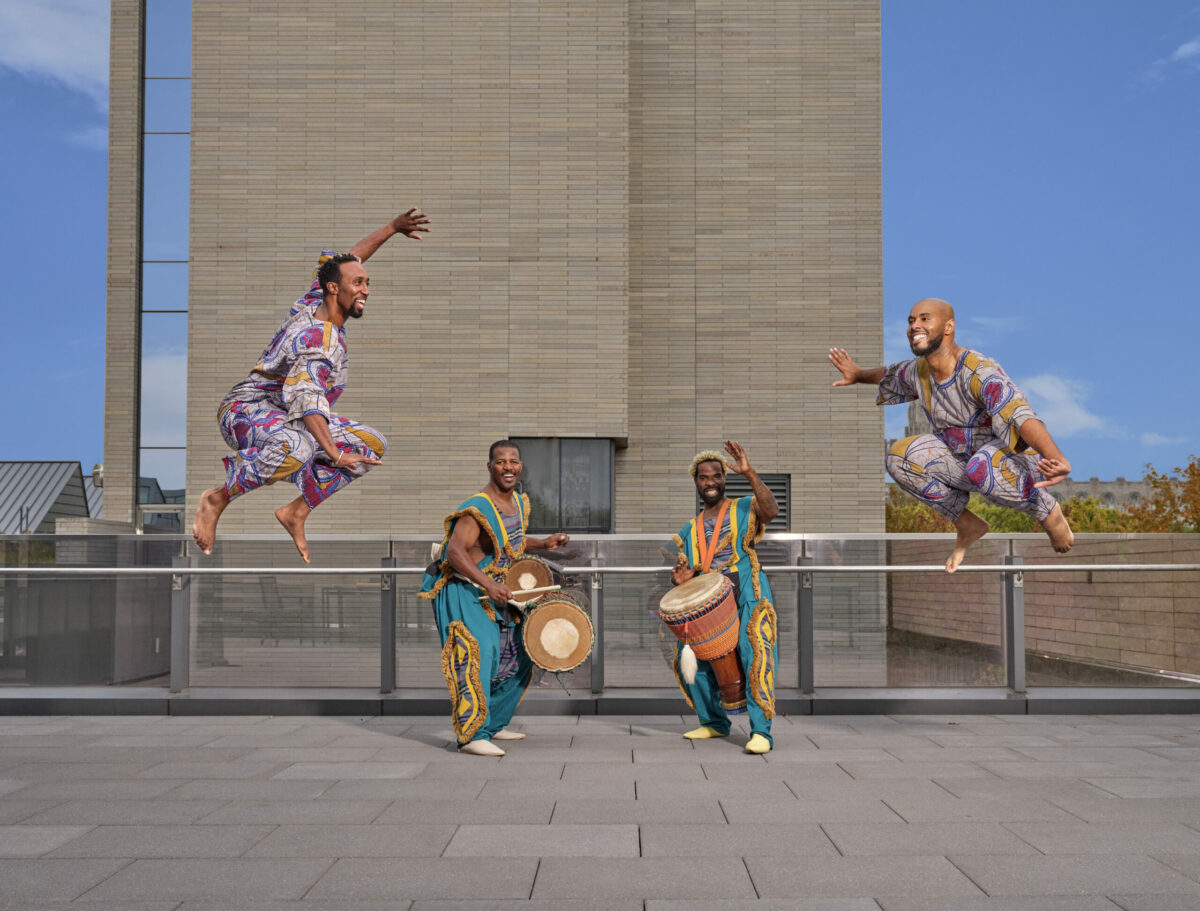
Muntu Dance Theater of Chicago. Photo by Matt Karas
2. Advocacy
The second focus is advocacy. Mhoon and her colleagues have been able to leverage their positions within the dance world to speak for these dance companies in spaces where they might otherwise not have access. And to help form relationships between the Project’s own funders and the dance companies, so that the companies can continue to grow once their cohort experience is complete.
[white_box]Related Post
14 best major art fairs and shows in the world in Summer 2022
read more >
[/white_box]
3. Archival work
The third focus is archival work, and it was an interest in this that first drew Mhoon to the Project. Black dance in Chicago has had a long and vibrant history, and yet there are few records of it. Mhoon wanted to help create them.
“This is American history,” she said. “This is the information that lives inside of our bodies, as a whole group of people who were brought here against their will… all of those physical memories live in the DNA. And so, when you support Black dance, you support American history… you recognize that it’s a physical reclamation of a formerly enslaved people. We did not own our bodies, but we could dance.”
From Mhoon’s explanation, even those who are not artists themselves will understand why the legacy of Black dance is particularly important to preserve. And yet, there are certain challenges. Because of its ephemeral nature, dance can be difficult to capture. It disappears. It’s impossible to hang on the wall of a museum. For this reason, preservation efforts are an enormous undertaking. they make up a large component of Mhoon’s work with Project.
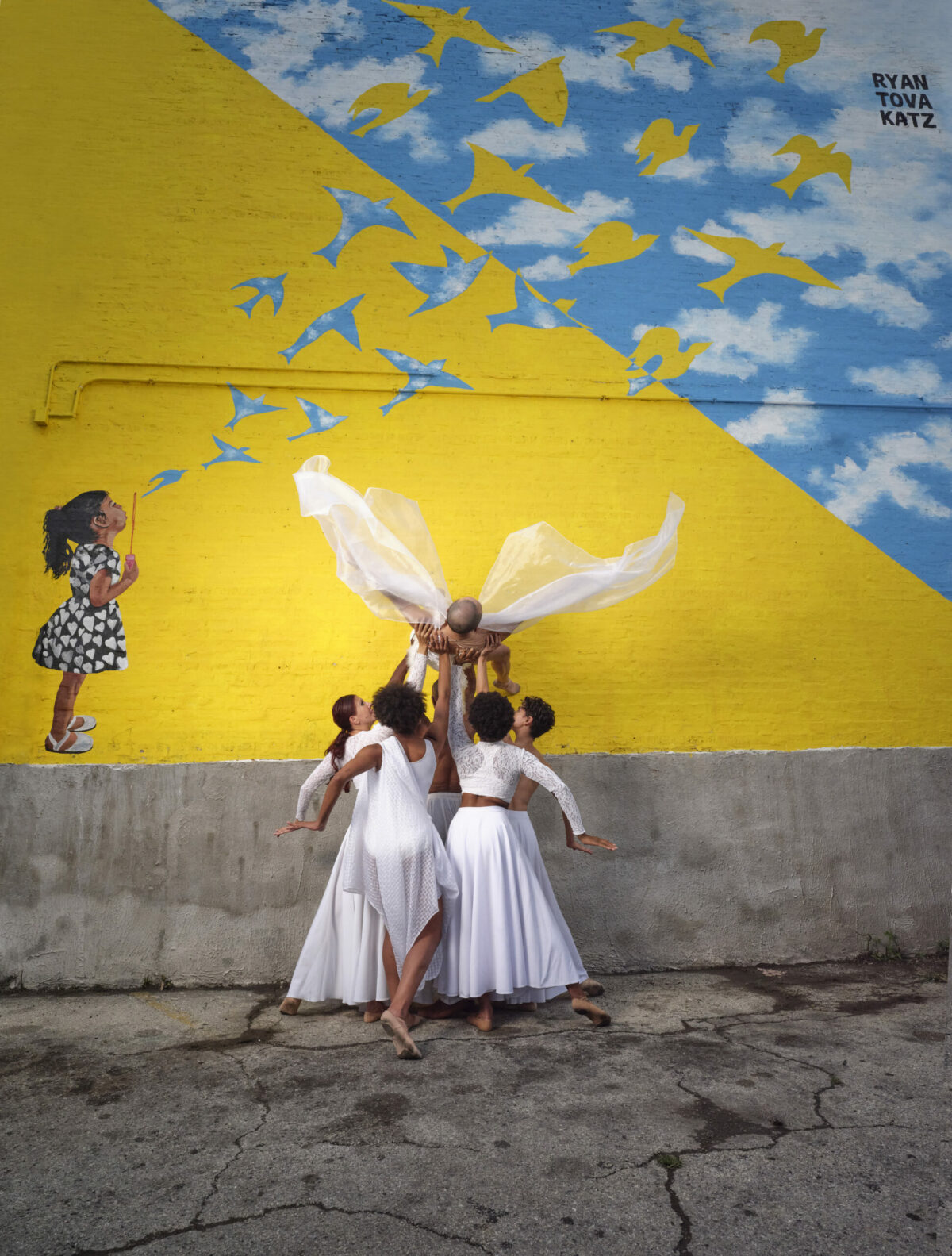
Joel Hall Dancers & Center. Photo by Matt Karas
4. Performance and presentation
The final focus of the Chicago Black Dance Legacy Project is, of course, presentation. Throughout the first cohort’s experience, they have put on several performances for the public. On August 27th they will take their final bows.
Reclamation: The Spirit of Black Dance will take place at Chicago’s legendary amphitheater, Millennium Park. It is sure to be a night to remember.
The iconic outdoor venue can seat up to eleven thousand, and an impressive turnout is expected. After all, each of the cohort’s eight dance companies has its own contingent of devoted followers. All of whom will want to support them on this big night.
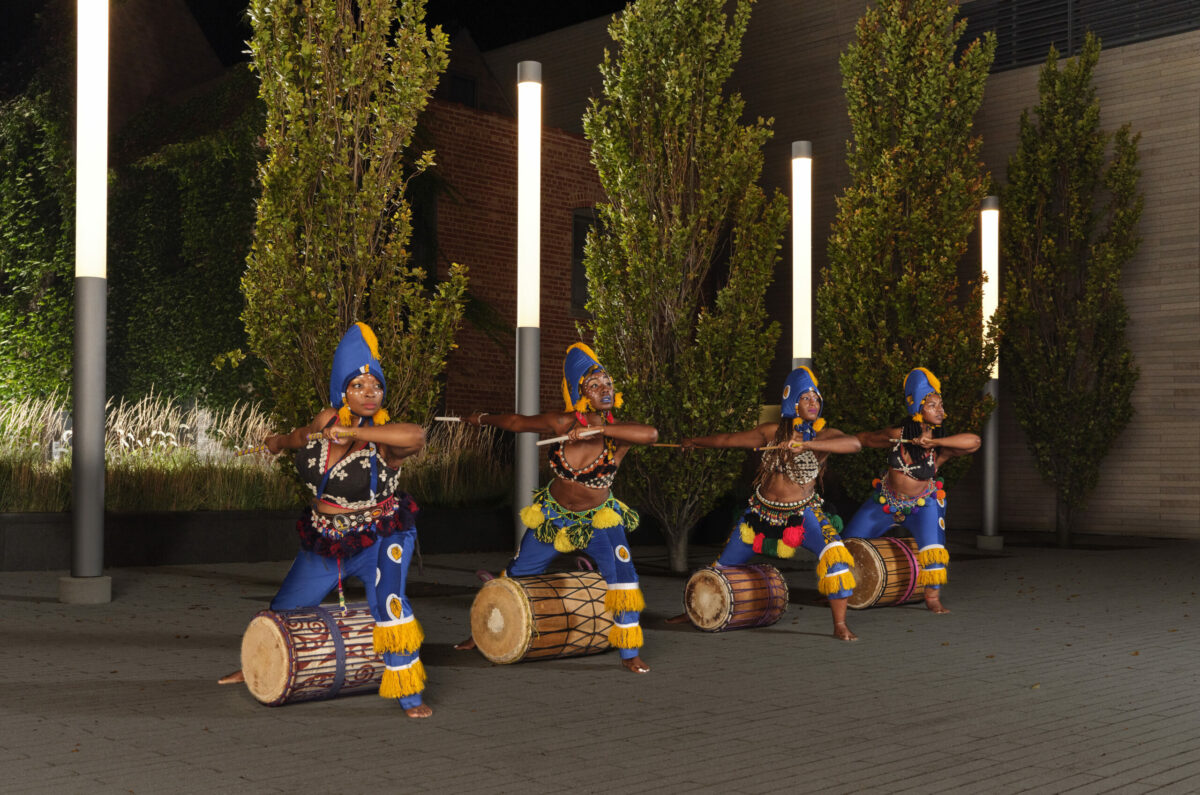
Ayodele Drum and Dance. Photo by Matt Karas
And perhaps that is one of the best things about a cohort-model program – these shared performances allow the older, more prominent companies to share their spotlight with the ones that may be younger or less well-known. Audience members who attend for one organization may find another whose work they enjoy.
[white_box]Related Post
11 affordable wall art decor buys to bring Summer to every room
read more >
[/white_box]
And the night is also an opportunity for these eight very different groups to come together under their shared legacy as Black dance groups in Chicago.
Millennium Park Performance – August 27, 2022
Putting together this final performance has been no small task, and this is another primary aspect of Mhoon’s role.
“I can offer the artistic lens that needs to happen for a project like this,” she said. Cohesion is key, and each performance is designed with an overarching theme. And yet, the production is deeply collaborative, with the dance companies included every step of the way. “They are a part of the process,” Mhoon said.
After the August 27th performance, the Chicago Black Dance Legacy Project will open applications for their next cohort. It will launch in the autumn and winter of this year. The second cohort will present their inaugural concert in December of 2022. It will continue working with the Project for the next two years.
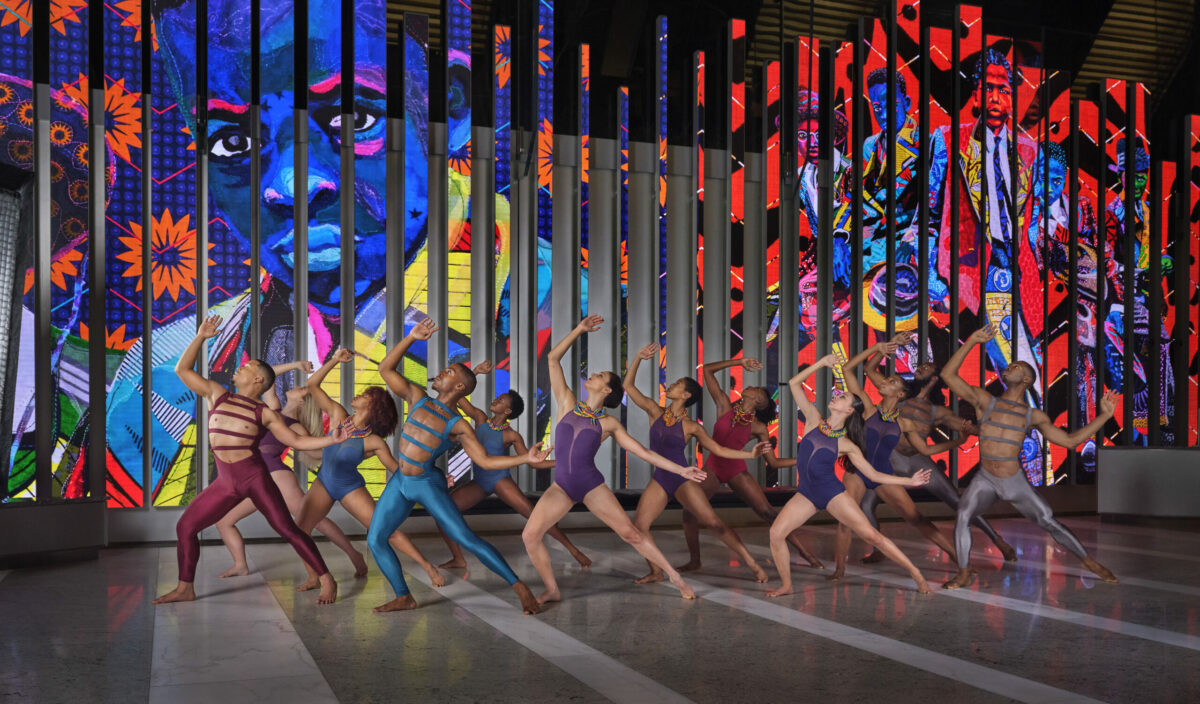
Deeply Rooted Dance Theater. Photo by Matt Karas
And with continued funding and awareness, the Chicago Black Dance Legacy Project will go on to work with Black dance companies across the city, helping them to strengthen and grow. Hopefully, their efforts will serve as a model for cities everywhere. As Mhoon said, dance is American history – and it is also its future.
The final performance from Chicago Black Dance Legacy Project’s first cohort, Reclamation: The Spirit of Black Dance, takes place on August 27th Chicago’s Millennium Park. The event begins at 6:30 PM, and is free and open to the public.
Chicago Black Dance Legacy Project
The mission of the Chicago Black Dance Legacy Project is to shine a light on African-American dancers and companies for the benefit of all. Don’t miss your chance to see the work of the first cohort of dancers and dance companies come to fruition! Personally, we cannot wait to see what the coming years will bring from this phenomenal initiative. What do you think, dear reader?
join our community
For access to insider ideas and information on the world of luxury, sign up for our Dandelion Chandelier Newsletter here. And see luxury in a new light.
This article contains affiliate links to products independently selected by our editors. As an Amazon Associate and member of other affiliate programs, Dandelion Chandelier receives a commission for qualifying purchases made through these links.
 Abbie Martin Greenbaum grew up in New York City and currently lives in Brooklyn, where she drinks a lot of coffee and matches roommates together for a living. At Oberlin College, she studied English and Cinema, which are still two of her favorite things, along with dessert and musical theater. She believes in magic.
Abbie Martin Greenbaum grew up in New York City and currently lives in Brooklyn, where she drinks a lot of coffee and matches roommates together for a living. At Oberlin College, she studied English and Cinema, which are still two of her favorite things, along with dessert and musical theater. She believes in magic.








